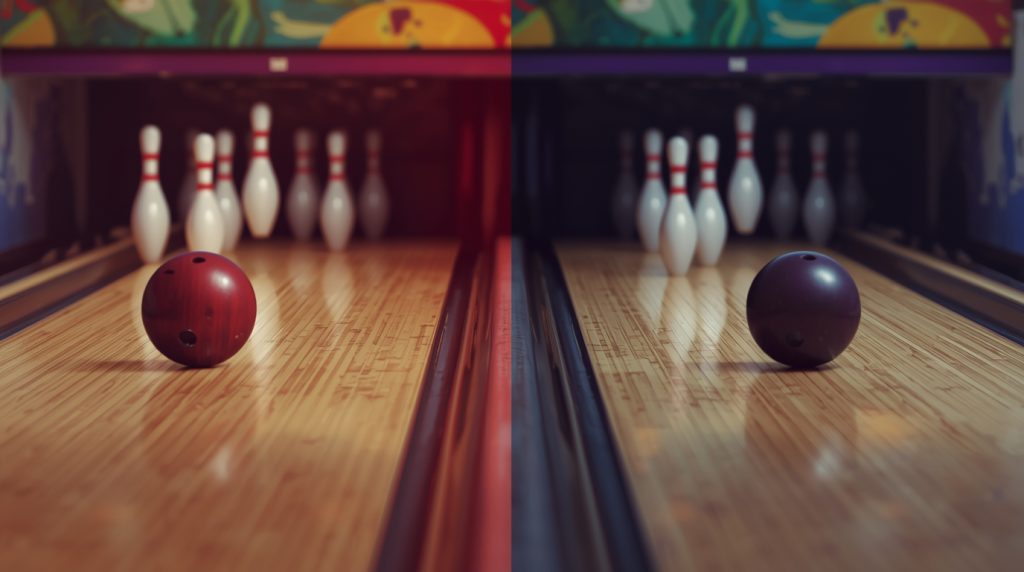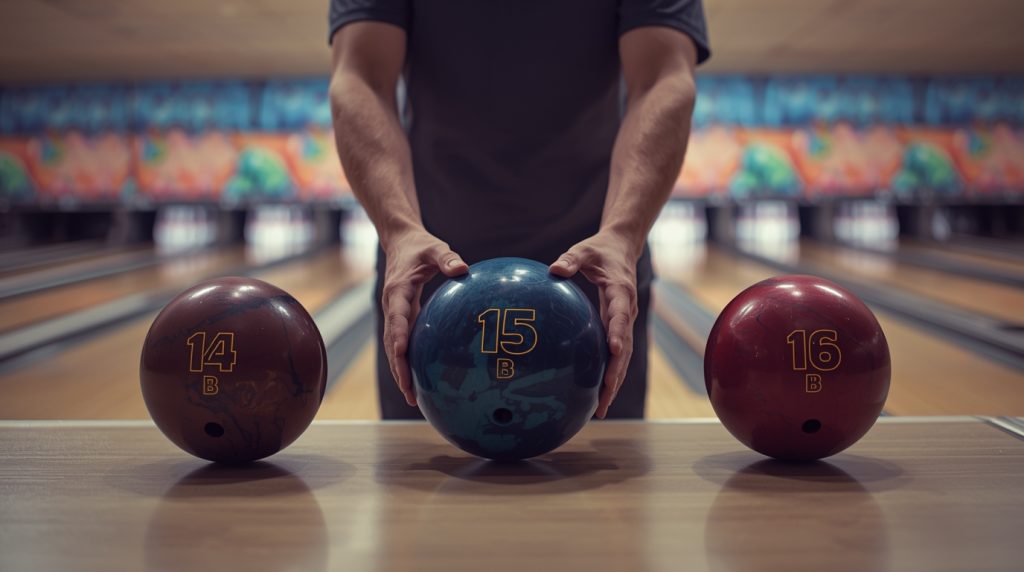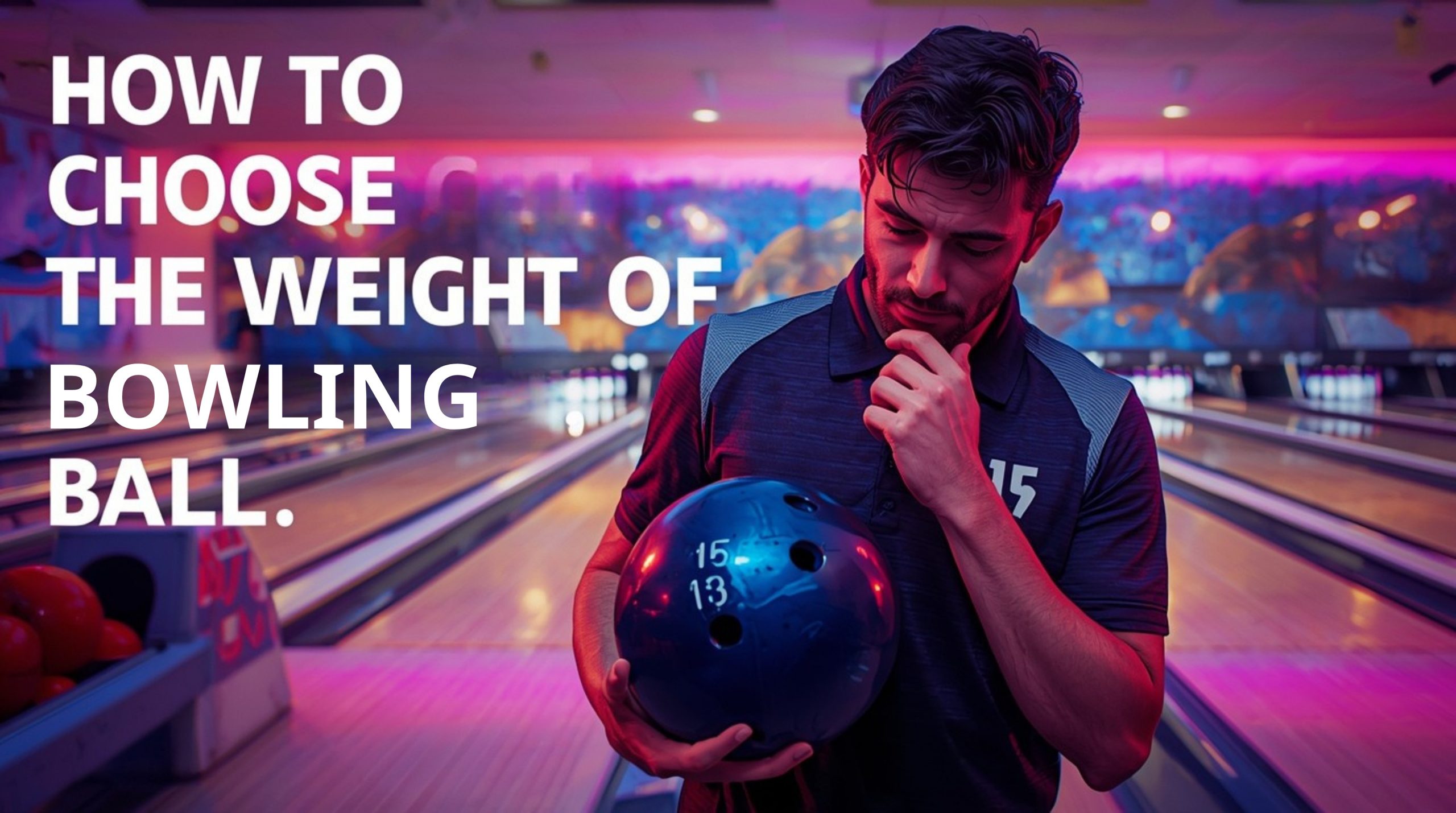When I first started bowling, one of the biggest challenges wasn’t learning how to curve the ball or pick up a tricky spare—it was figuring out what ball weight suited me best. It might sound trivial, but how to choose the weight of a bowling ball can completely change your game. Too heavy, and you’ll strain your arm and lose accuracy. Too light, and you’ll lack control and pin action. After going through my own trial and error, consulting pro shop owners, and comparing my scores over time, I’ve developed a step-by-step approach to selecting the right bowling ball weight.
In this guide, I’ll share my personal experience, practical comparisons, and what I learned from bowling coaches. I’ll also incorporate insights like the bowling ball weight chart, the recommended bowling ball weight for beginners, and how to factor in age and strength. By the end, you’ll be able to confidently select the best bowling ball weight for your style.
Step 1: Understanding Why Weight Matters
When I picked up my very first house ball at the local alley, I thought weight didn’t matter much—after all, the ball was round, it rolled, and the pins fell. But I quickly noticed that when I grabbed a ball that was too heavy, my wrist hurt after a couple of frames. When I chose one that was too light, the ball seemed to bounce off the pins instead of driving through them.

The weight of a bowling ball influences both power and control. Heavier balls generate more pin action because of their momentum, but they can exhaust you if you’re not used to the load. Lighter balls allow for better precision and longer playing comfort but can leave you frustrated if you don’t get the strike impact you want. That’s why learning how to choose the weight of a bowling ball is the first step toward improving your consistency and enjoyment.
Step 2: Following the 10% Rule
One of the first guidelines I encountered was the so-called “10% rule.” It suggests choosing a ball that weighs about 10% of your body weight, up to the maximum of 16 pounds. For instance, if you weigh 150 pounds, a 15-pound ball might be ideal.
When I tested this rule for myself, it was surprisingly accurate. At 175 pounds, I initially tried a 17-pound ball, but it was just too much for long sessions. Dropping to 16 pounds gave me the right blend of power and stamina. Of course, the 10% rule is just a starting point, but it’s an excellent benchmark for beginners who wonder, “How heavy should a bowling ball be?”
Step 3: Comparing the Bowling Ball Weight Chart
To dive deeper, I studied a bowling ball weight chart that aligns ball weight with age and strength levels. While charts aren’t perfect, they do offer useful ranges. Kids under 12 usually benefit from balls between 6 and 10 pounds. Teens and lighter adults tend to bowl comfortably with 10 to 14 pounds. Stronger adults or seasoned players often lean toward 15 or 16 pounds.
This chart guided me when I introduced my younger cousin to the game. He was only 12 at the time, and grabbing a 12-pound ball (which I thought would help him hit harder) quickly wore him out. Once I encouraged him to use a 9-pound ball, his accuracy improved dramatically, and he enjoyed the game more.

Step 4: Considering Age and Strength
Beyond weight charts, I learned to think about bowling ball weight by age and strength. For example, my dad, who is in his late 60s, doesn’t have the wrist strength he once did. Even though he could technically handle a 15-pound ball, he bowls much more comfortably with 13 pounds. For kids and teenagers, lighter balls reduce the risk of injury and build confidence.
Personally, when I was in my twenties and lifting weights regularly, a heavier ball worked fine. Now that my lifestyle has changed, I notice I fatigue faster, and I occasionally drop down a pound if I’m bowling multiple games in one night. Choosing the best ball weight isn’t about ego; it’s about sustaining performance without straining yourself.
Step 5: Testing for Comfort and Control
I remember the moment I realized the difference between simply rolling a ball and controlling a ball. At my local pro shop, I tested three different weights: 14, 15, and 16 pounds. With 16 pounds, the ball hit the pins with authority, but my wrist felt sore halfway through. With 14 pounds, I was smooth, but my shots lacked carry. At 15 pounds, everything clicked—the motion felt natural, and I could release the ball consistently.

This trial and error is essential. You won’t know the best bowling ball weight until you physically test a few options. When you do, focus on your follow-through, your ability to repeat shots, and whether you can maintain the same form after three or four games.
Step 6: Factoring in Experience Level
When I was a beginner, I assumed heavier meant better because pros on TV always used 15 or 16 pounds. In reality, the bowling ball weight for beginners should lean lighter. New players need to learn proper form, grip, and release before worrying about maximum power. A 10- to 12-pound ball allows beginners to focus on mechanics without fatigue or injury.
On the other hand, more advanced bowlers often step up to 14, 15, or 16 pounds once their technique and stamina improve. I eventually found my groove at 15 pounds, but that only came after months of practice and conditioning.
Step 7: Observing What the Pros Do
The recommended bowling ball weight for pros is almost always 15 or 16 pounds, which makes sense when you consider their strength and training. Watching professional bowlers helped me realize that while ball weight matters, form, consistency, and lane reading matter more. Still, the fact that most pros use the heaviest weights possible within their comfort range shows the importance of maximizing momentum once you have the skill.
But here’s the key lesson I took away: don’t copy pros blindly. I initially jumped straight to 16 pounds and paid for it with sore tendons. Instead, I gradually increased weight as my technique improved, which felt far more natural.
Step 8: Balancing Power with Endurance
A critical insight came after bowling in a weekend tournament. I started strong with my 16-pound ball, throwing strikes in the first two games. But by game three, my accuracy dropped, and I was missing easy spares. The fatigue set in, and I realized that choosing a slightly lighter ball would have kept me consistent across all matches.
Now, I always weigh endurance against impact. A ball that you can control comfortably for ten games is always better than a heavier one that only works for two. This is the balance that defines the best bowling ball weight for your needs.
Final Thoughts: My Personal Bowling Ball Weight Selection Guide
Looking back, learning how to choose the weight of a bowling ball was one of the most valuable steps in improving my game. From experimenting with different weights, consulting the bowling ball weight chart, and considering age, strength, and skill level, I discovered that comfort and control always outweigh brute force.
For beginners, start lighter, perhaps 10–12 pounds, to focus on form. For intermediate bowlers, experiment with 13–15 pounds to find the balance of power and precision. For seasoned players or those aspiring to compete, consider stepping up to 15–16 pounds, but only if your body can handle it comfortably over multiple games.
In the end, the perfect bowling ball weight isn’t about numbers alone—it’s about how the ball feels in your hand, how it responds on the lane, and how much you enjoy the game. My journey taught me that once you find that sweet spot, every frame feels more natural, and every strike feels more rewarding.
